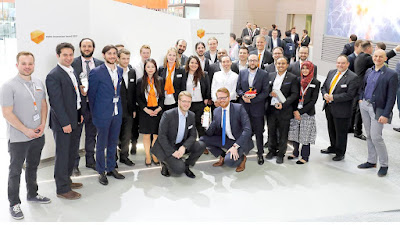This year NIST organized a simulation based competition called Agile Robotics for Industrial Automation Competition (ARIAC). The idea was to move away from traditional robots that execute preprogrammed motion. Teams were challenged to build a system that can dynamically respond to failures in grasping, defective parts, and priority orders. Teams were expected to do this by using the minimum number of sensors. The task in the competition was focused on building assembly kits. The robot had to pick parts from bins and a conveyor and place them on automated guided vehicles.
Please see https://www.nist.gov/news-events/news/2016/01/nist-launches-international-competition-make-robots-more-agile for details on this competition.
My group fielded a team in ARIAC. Team members included Matt Buckley and Brual Shah. Competition results were announced on July 5, 2017. Please see https://www.osrfoundation.org/ariac-finals-results-announced/ for details. I am happy to report that our team won the competition.
You can check out our competition entry in the video shown below.
Please see https://www.nist.gov/news-events/news/2016/01/nist-launches-international-competition-make-robots-more-agile for details on this competition.
My group fielded a team in ARIAC. Team members included Matt Buckley and Brual Shah. Competition results were announced on July 5, 2017. Please see https://www.osrfoundation.org/ariac-finals-results-announced/ for details. I am happy to report that our team won the competition.
You can check out our competition entry in the video shown below.



